Birds and landscape structure
Woodland birds live in woods and their abundance and population trends must be affected in some way by the quality of the habitat in which they live – this is obvious. However, what is the effect of the landscape context in which a given wood is found? Are populations affected by landscape variation such as woodland size, whether the wood is surrounded by farmland, next to a town or linked to other woods by hedgerows? More generally, do bird numbers or trends depend on the heterogeneity of the landscape, i.e. do birds fare better if multiple habitats are available in close proximity or if, instead, they are in a large, unbroken block of homogeneous habitat?
These questions underlie several areas of research under this theme, investigating the variation in abundance and population trends revealed by the Breeding Bird Survey. First, under RELU funding, analyses of abundance with respect to landscape heterogeneity (derived from CEH Land Cover Map 2000 data) at different scales have investigated which scales are most influential for a range of different species (Pickett & Siriwardena, in press). Second, a collaborative project with CEH under JNCC funding is investigating the influences of various metrics of landscape connectivity and structure (again derived from Land Cover data) on the synchrony in the variation in abundance of local populations, comparing a range of bird and butterfly species (the latter with data from the national Butterfly Monitoring Scheme). A recent extension to this work is adding a specific climate change adaptation context, investigating implications of connectivity of sub-populations for the robustness of national populations in response to climate-induced geographical shifts in niche space. Finally, BTO scientists are involved in a collaborative research project involving colleagues from France, Spain, Germany, South Africa, Canada and the USA which is investigating new ways of quantifying landscape heterogeneity and of testing its importance across taxa, with a view to facilitating the design of landscape management to benefit biodiversity (Fahrig et al. 2010).
References
Fahrig, L., Baudry, J., Brotons, L., Burel, F. G., Crist, T. O., Fuller, R. J., Sirami, C., Siriwardena, G. M. and Martin, J.-L. 2010. Functional landscape heterogeneity and animal biodiversity in agricultural landscapes. Ecology Letters (online early), no. doi: 10.1111/j.1461-0248.2010.01559.x
PIckett, S.R.A. & Siriwardena, G.M. The relationship between multi-scale habitat heterogeneity and farmland bird abundance. In press, Ecography.

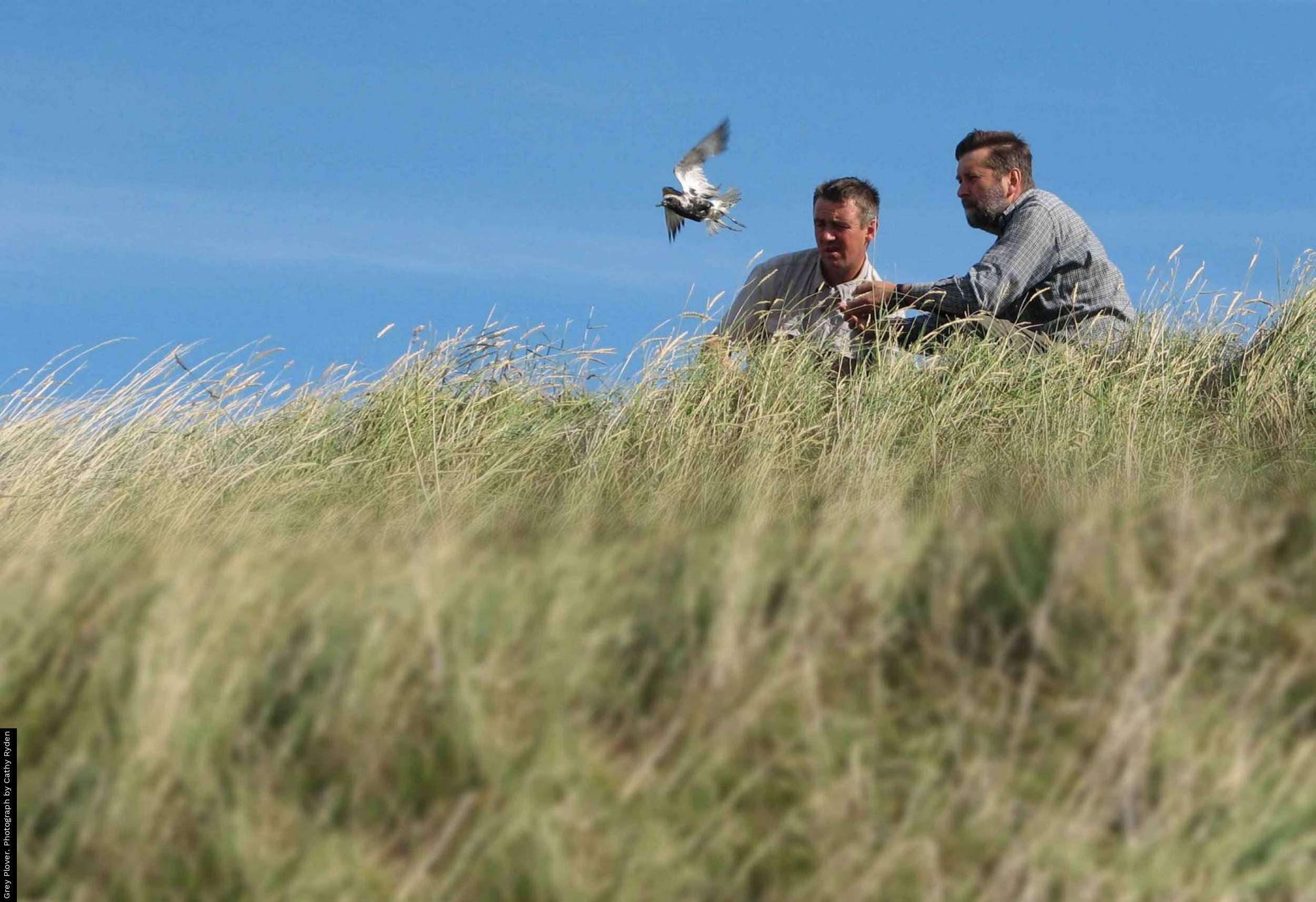
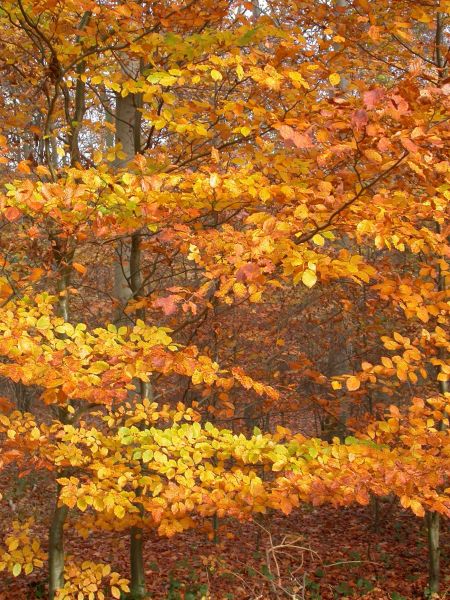
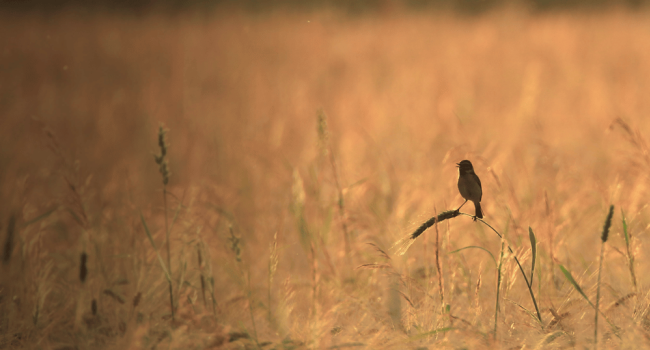
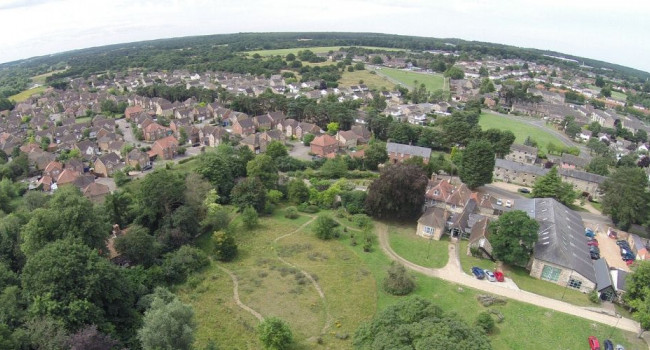
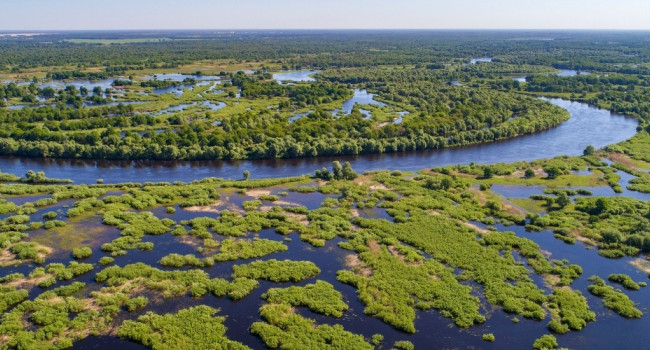

Share this page